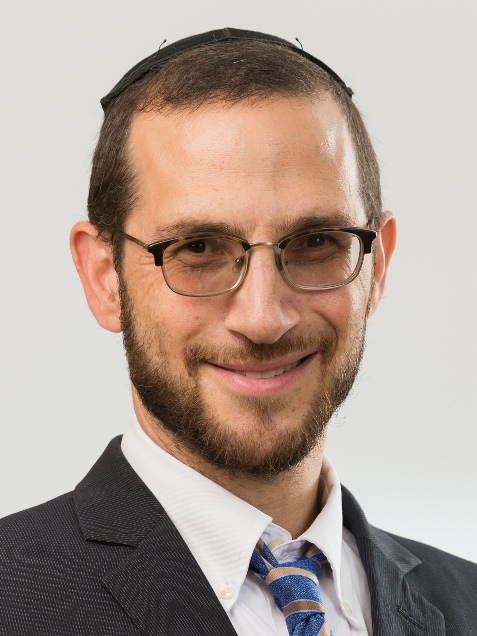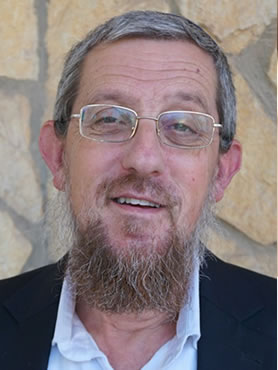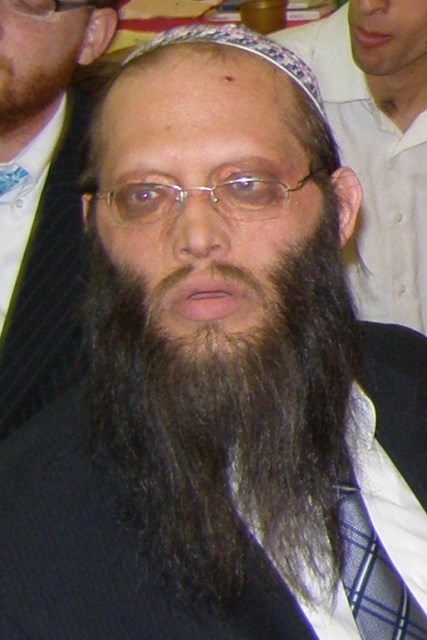Shabbos Mincha – A Sneak Peek Into the Future
הרב שלום רוזנר
The Talmud in Bava Kama 82a explains that the prophets established a decree to read the Torah each Monday, Thursday and Shabbos morning so that three days will not pass without one engaging in Torah study. During the period of the Second Beis Hamikdash, the court of Ezra instituted an additional reading at Mincha on Shabbos, when the Torah portion of the following week is read. The reason given for such additional reading is that some merchants are busy and unable to attend davening on Monday and Thursday, so while they are available Shabbos afternoon, we provide them an opportunity to catch an additional Torah reading and in particular the portion they may miss on the following Monday and Thursday.
The Talmud in Bava Kama 82a explains that the prophets established a decree to read the Torah each Monday, Thursday and Shabbos morning so that three days will not pass without one engaging in Torah study. During the period of the Second Beis Hamikdash, the court of Ezra instituted an additional reading at Mincha on Shabbos, when the Torah portion of the following week is read. The reason given for such additional reading is that some merchants are busy and unable to attend davening on Monday and Thursday, so while they are available Shabbos afternoon, we provide them an opportunity to catch an additional Torah reading and in particular the portion they may miss on the following Monday and Thursday.
Rav Avigdor Neventzal offers an alternative explanation for the institution of the Torah reading at Mincha on Shabbos, based on a historical perspective. Am Yisrael during the time of Ezra were returning from exile (galus) to rebuild the Beis Hamikdash. Although it was a positive development, the grandeur of the second Beis Hamkdash as well as the economic and military strength of the nation was no where near what it was during the previous century. People were disappointed and depressed. Ezra established a takana – to read the Torah portion of the following week during Mincha on Shabbos to highlight that one needs to constantly look forward with hope and anticipation.
We read this week’s parsha Shabbos morning, but that is not the end. We will read the following parsha next week – and we get a preview this afternoon! So too, life moves on. Notwithstanding experiencing difficulties, one must look towards building a brighter future.
We are currently deep into the minhagei aveilus (mourning customs) of the nine days. It is important to mourn the churban, but at the same time we have to be optimistic about our future. Rav Soloveitchik points out that it seems a bit strange that after mincha on Tisha B’av we can sit on a chair and we soften some of our mourning, when in fact it was in the afternoon that the Beis Hamikdash actually burnt. The Rav explains – when we witnessed the destruction of the Beis Hamikdash, we were somewhat relieved that Hashem took out his anger on the stones rather than on our nation. It was essentially a statement that the Temple will be destroyed, but the people will endure.
Some people always look back at the “good old days”. Especially after having experienced hardships the past year, people are frustrated. Yet, we ought to have the attitude that this is temporary and with God’s help we will soon come out of this challenging period as well.
As we enter Tisha B’av, we should mourn the loss of our Beis Hamikdash. However, at the same time, we should be optimistic with how lucky our generation has been to begin to rebuild our country. It is as if we are living our life at Shabbos mincha – getting a sneak preview of what the future holds. We should all do our best to contribute to ahavas achim so that we merit a complete redemption.
May we find the proper balance between mourning and yearning for a better future and start by doing our share to expedite the geula!
Rav Avigdor Neventzal offers an alternative explanation for the institution of the Torah reading at Mincha on Shabbos, based on a historical perspective. Am Yisrael during the time of Ezra were returning from exile (galus) to rebuild the Beis Hamikdash. Although it was a positive development, the grandeur of the second Beis Hamkdash as well as the economic and military strength of the nation was no where near what it was during the previous century. People were disappointed and depressed. Ezra established a takana – to read the Torah portion of the following week during Mincha on Shabbos to highlight that one needs to constantly look forward with hope and anticipation.
We read this week’s parsha Shabbos morning, but that is not the end. We will read the following parsha next week – and we get a preview this afternoon! So too, life moves on. Notwithstanding experiencing difficulties, one must look towards building a brighter future.
We are currently deep into the nihugai aveilus (mourning customs) of the nine days. It is important to mourn the churban, but at the same time we have to be optimistic about our future. Rav Soloveitchik points out that it seems a bit strange that after mincha on Tisha B’av we can sit on a chair and we soften some of our mourning, when in fact it was in the afternoon that the Beis Hamikdash actually burnt. The Rav explains – when we witnessed the destruction of the Beis Hamikdash, we were somewhat relieved that Hashem took out his anger on the stones rather than on our nation. It was essentially a statement that the Temple will be destroyed, but the people will endure.
Some people always look back at the “good old days”. Especially during the past year, having experienced many limitations and restrictions due to the pandemic, people are frustrated. Yet, we ought to have the attitude that this is temporary and with God’s help we will soon come out of this challenging period as well.
As we enter Tisha B’av, we should mourn the loss of our Beis Hamikdash. However, at the same time, we should be optimistic with how lucky our generation has been to begin to rebuild our country. It is as if we are living our life at Shabbos mincha – getting a sneak preview of what the future holds. We should all do our best to contribute to ahavas achim so that we merit a complete redemption.
May we find the proper balance between mourning and yearning for a better future and start by doing our share to expedite the geula!
השיעור ניתן בב' תמוז תשפ"ג
קוד השיעור: 9297
לשליחת שאלה או הארה בנוגע לשיעור:



.jpg)


